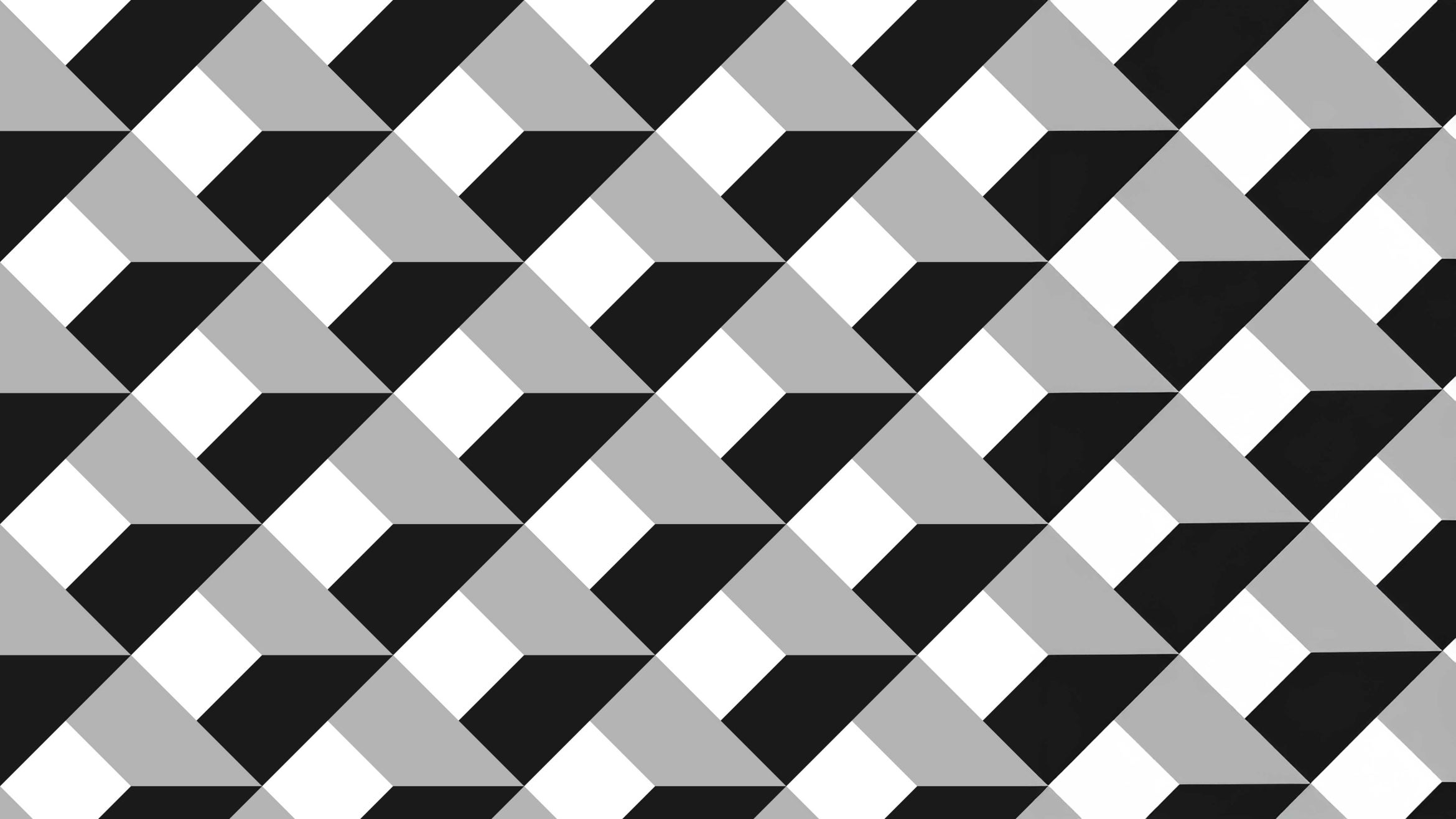
Waves of Touch
Touch: We use it all the time to interact with the world around us. Yet the sense of touch is far less understood than our other senses, such as vision and hearing. Our hands and brain gather a wealth of information as we interact with objects in our environment, but the ways in which this data is captured are something of a mystery.
Enter UC Santa Barbara’s Yon Visell, an advocate for more research into the physical mechanisms of human touch sensing, which would pave the way for new technologies of increasing relevance to modern society, from wearables to robots to virtual and augmented reality.
“Recent research has shown that even lightly touching an object with a finger excites elastic waves that travel throughout the hand, eliciting responses in the sensory nervous system that evoke the conscious experience of touch,” said Visell, an assistant professor with appointments in UCSB’s Department of Electrical and Computer Engineering and in its Media Arts and Technology graduate program.“But the physical processes that are involved are as yet unclear.”
Now, with a National Science Foundation CAREER award, Visell aims to use his expertise in haptics — the science of communicating via touch — to shed light on its wave-like nature, with outcomes that could set the stage for advances in a wide array of fields, from engineering to neuroscience, medicine and education.
We greatly appreciate the support of the National Science Foundation, and in particular of the Cyber Human Systems program, for supporting our research on haptics — an area of growing importance that contains many surprising and enigmatic challenges,” Visell said. “Everyone has a lifetime of experience in interacting with the world via touch, yet our understanding of this important modality remains limited. We are excited to have the opportunity to expand our knowledge of haptics, and to create new engineering systems that make use of it.”
Haptic engineering is already improving our modern lives. Our smart watches signal us when we receive a message or call, and interactive screens respond with a simulated “click” when we press a digital button. Video game controllers use haptics to heighten our experience when playing. Today, it is not difficult to imagine a future where haptic virtual reality enables new forms of hands-on education, in which haptic feedback is able to seamlessly augment our physical surroundings with digital controls, or a 3D model normally viewed on a computer screen becomes a palpable digital object that we can sculpt with our hands.
“In order to realize these innovations in human-machine interaction, fundamental advances are needed in our understanding of the sense of touch and movement of the body,” Visell said.
The research of Visell’s RE Touch Lab will quantitatively explore mechanisms of touch-elicited wave propagation in order to catalyze advances in technologies for haptic sensing and feedback. The outcomes of their project will have broad impact by establishing a unique approach to teaching concepts from engineering and neuroscience to students at all levels. They’ll do so by using the sense of touch as both a focal point and an arena for creative hands-on learning; enabling science outreach to the public through the “Unknown Territories" weekly radio talk show co-hosted by Visell and Katja Seltmann, director of the UCSB Cheadle Center for Biodiversity and Ecological Restoration; and contributing to new technologies for aiding individuals with complex sensory impairments.
The NSF’s Faculty Early Career Development (CAREER) Program offers the National Science Foundation’s most prestigious awards in support of junior faculty who exemplify the role of teacher-scholars through outstanding research, excellent education and the integration of education and research within the context of the mission of their organizations. Such activities should build a firm foundation for a lifetime of leadership in integrating education and research.



